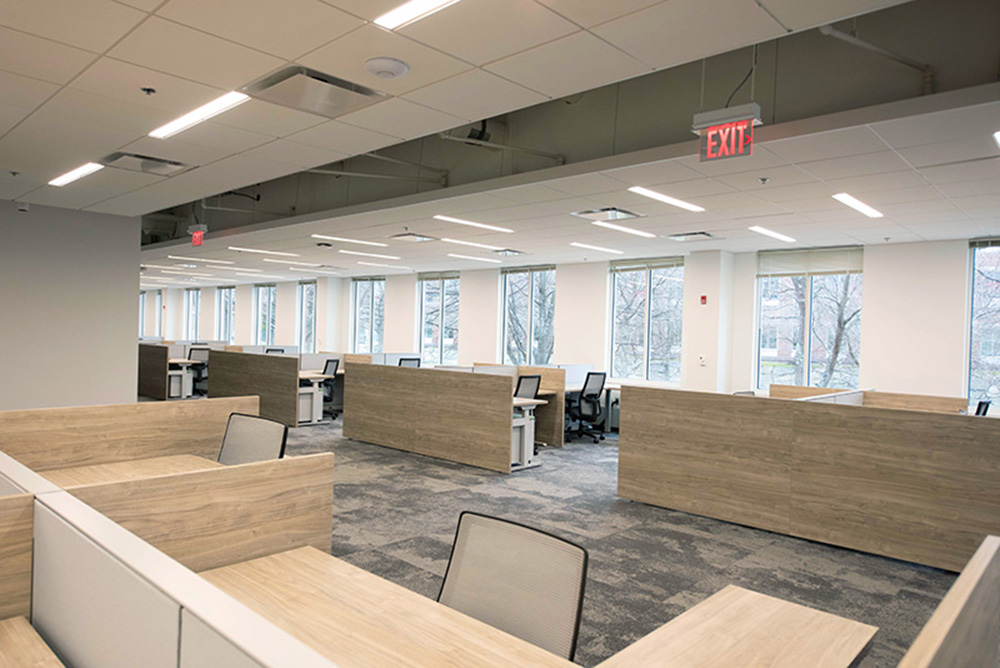Housing: Some new solutions - by Daniel Calano

I am definitely weary of reading, and writing, about the “housing crisis.” Through my and other’s last several articles regarding interest rates, permit delays, materials and labor costs, logistic issues, you have heard it all. As Yogi Berra would say, it is déjà vu, all over again. So, why am I writing again about it again? Because there do seem to be some rays of light at the end of the tunnel.
One important notion in finding solutions is recognizing that not all housing dilemmas are the same. There are nuances to all of these situations which, when better understood, can be worked on independently. The first is to recognize the different levels of housing buyer demand.
Millennials, the largest demographic, ages 25 to 40, are the most troubled. This is the age group that needs housing the most, as they are pairing up, starting families, and wanting to be solidly grounded in neighborhoods, schools, and friendships, perhaps for decades to come.
On the other edge of the spectrum, Gen Z, ages 15 to 26, are typically living in apartments, of which there are many available, often brand-new, with amenities such as gyms, pools, common areas and offices. Apartments are obviously expensive on a monthly basis, but each monthly payment is one-and-done, and thus apartment dwellers are a lower demand group involved in the “crisis.”
While Baby Boomers are an equally sized demographic as millennial’s, they are typically aging in place, downsizing or moving to retirement communities. The only part they play in the crisis is their reticence to sell their existing homes, thus only constraining supply.
With demographics better parsed, some solutions appear more feasible. For example, moving is becoming a more acceptable solution. In our area, millennials are moving further out from the city to different “ring road” areas. Work from home, zoom, all have allowed for more available and less expensive housing areas that had previously been overlooked. In many of these towns, houses can be bought for a fraction of city or near suburban prices. Also, In the recent past, buyers have wanted housing in pristine condition. Fixer uppers were passed over routinely. Rehab was considered to be tedious and imperfect. Now accepting alternatives, millennial’s are starting to reconsider.
Under new logistics, housing developers and buyers are working on solutions such as importing Canadian lumber directly, without middlemen, thus saving time and money for new construction. Also, not considered before, there is new interest in dealing with pre-fabrications for housing. Further, potential housing buyers are more willing to build smaller and more efficient houses. Read Dwell magazine for examples of this trend.
I am not promoting this, at all, but moving to different states or regions is also becoming more tenable, for good reasons. The two highest growth states, Florida and Texas, are not only providing excellent job opportunities, but the cost of housing in these areas is much less than in New England. Learning from builders and architects, it is clear that housing in the growth states can be built for $250-$400 per s/f. New housing here is routinely quoted at $400-$600 per s/f. This is not a coincidence. With more people moving there, labor in the growth states is plentiful, particularly with new immigrant labor. With large construction crews, builders in the growth states can build a new house within a year, while new housing in other areas can take up to two years, largely because of the size and experience of the crews.
Finally, as stated in the Wall Street Journal article this week, others are moving back to areas, and actual housing, in which they grew up. As parents have down-sized or moved into medical care facilities, they have turned over their houses to their children. While this may seem extreme, to move into old hometowns, it has the benefit of community and opportunity with which they are familiar.
These are all big moves, and some are relatively new, sometimes difficult solutions. Clearly some of these are not beneficial for our region, but are beneficial to buyers. The data is beginning to show new creative solutions, and the buyer’s will to implement them. While some solutions will be difficult or disruptive, it shows that buyers will adapt to meet the challenges of a potentially more solvable “housing crisis”.
Daniel Calano, CRE, is managing partner and principal of Prospectus, LLC, Cambridge, Mass.







